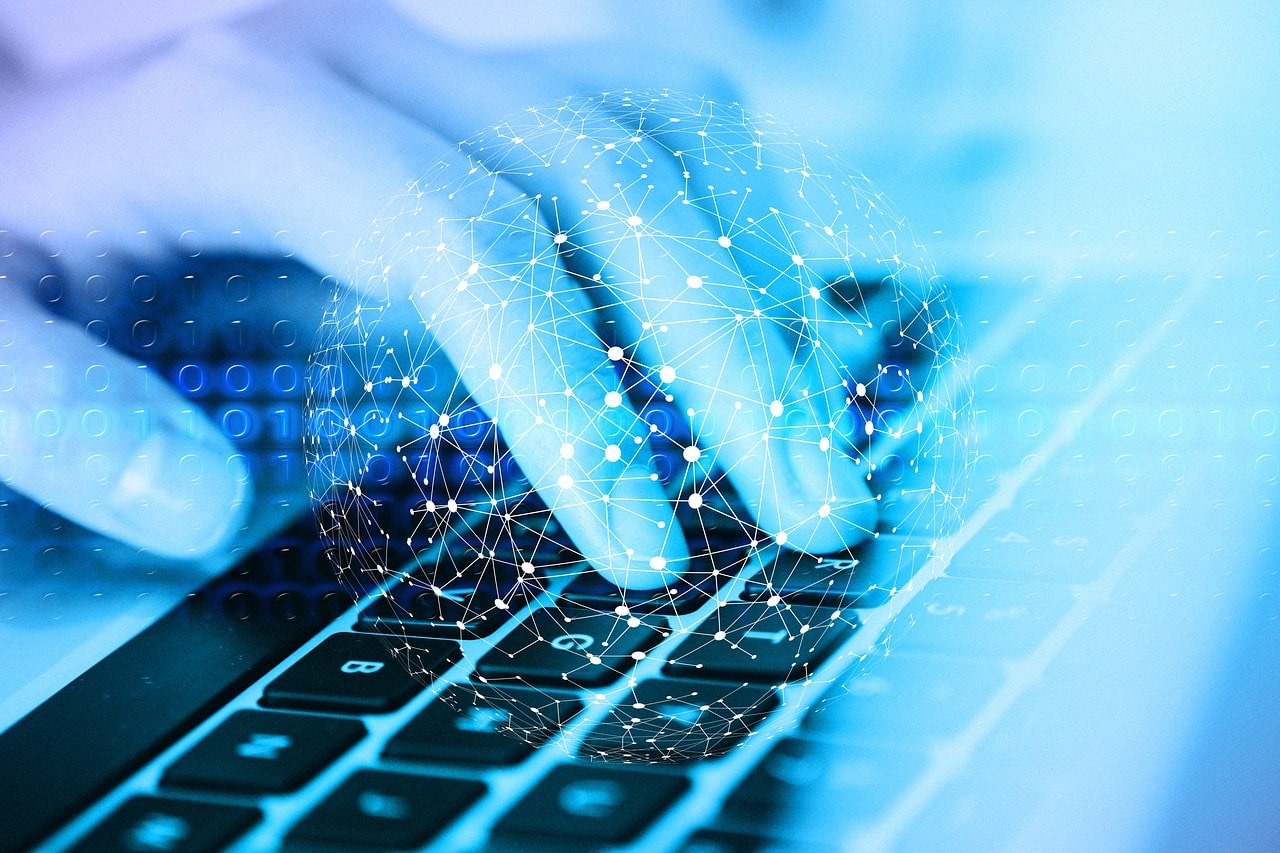Digital communication is an ambiguous term, as it can actually describe two different facts in communication science. We clarify what is behind it.
Digital communication: meaning and characteristics
Digital communication, compared to analogue communication, can refer to the exchange of information via speech and writing. On the other hand, digital communication can also be seen in the context of what the majority of people nowadays also use massively: digital media.
- When people communicate with each other, they exchange information and transmit it on both a non-verbal and verbal level. Digital communication means that this transmission takes place with the help of different technologies.
- Digital communication can be synchronous or asynchronous. If people are in an exchange at the same time, for example via live chats or video conferences, they communicate synchronously. Communication that takes place at different times is asynchronous, as can be seen in exchanges via e-mails or messenger.
- Digital communication can also be active or passive. While a direct exchange with other people requires active engagement, people can also consume social media platforms like Instagram and TikTok merely as recipients and thus passively.
- The term digital communication, however, does not only encompass the collected online media, but also the technical background to implement digital media formats in the first place. It also includes topics such as IT security and data protection, but also the legal area of online and media law.
- Digital communication has been around since the 1990s, since computers and the internet took over the world, corporate cultures and also private households.
Forms of digital communication: different channels
The list of digital communication forms and channels is now quite long. While telephone conversations were popular in the beginning and with the internet, especially emails and SMS/MMS, the younger generation focuses on other ways to exchange.
In addition to messengers such as WhatsApp, various social networks such as Instagram, TikTok, Twitter, Facebook and Co. are exchange channel number 1.
- Forums are also the place where people exchange views on a wide variety of topics – be it of a political nature, different world views or everyday topics.
- For professional purposes, for example, companies in turn use websites and forms of online advertising.
- Online games are also included. And film and video are also considered digital channels.
- It is striking that these different channels are increasingly interlinked. For example, a website leads to a blog, which in turn links to social media platforms.
Digital communication: advantages and disadvantages
Digital communication has its advantages in a time when efficiency, presence and speed are required. But it also has disadvantages.
- Through digital communication, people reach a wide audience with their messages. Information can be exchanged quickly and easily – both dissemination and reception.
- Digital communication also enables people to communicate and stay in touch from the greatest distance and remoteness – even across different time zones. Nevertheless, digital communication options, especially in the working world, quickly create the impression that people have to be reachable everywhere and at all times.
- Digital communication is not always unambiguous. Due to the lack of a relationship level to perceive non-verbal aspects such as tone of voice and mood, people can communicate past each other more quickly and misunderstand each other. Even in seemingly face-to-face video conferences, certain moods and interpersonal aspects can be difficult to transmit.
- To compensate for the missing non-verbal aspects, people like to use emoticons, emojis or GIFs in texts. But even these are not immune to misinterpretation.
- Data protection is also often a negative issue in the context of digital communication. Because what messenger services such as WhatsApp or social networks such as Facebook do with our data and personal information and how protected they are is often not sufficiently known.
